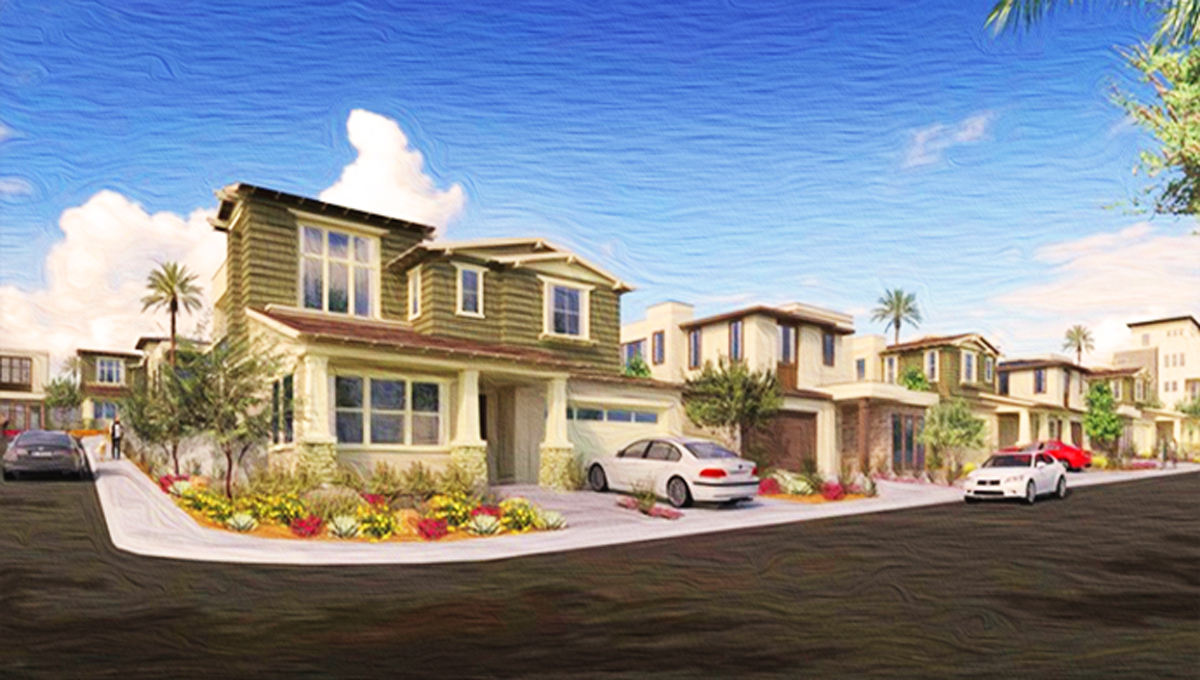Trending
El Segundo increases its housing stock as it seeks to transform its image
Large developments like DR Horton's 58-unit project are unusual in the largely industrial city

El Segundo is adding one of the few housing developments to its roll.
Texas-based homebuilder DR Horton is building 58 townhomes and single-family homes at 540 E. Imperial Highway. The project will be spread across two developments called Pacific Landing and Waypointe, according to Urbanize.
The firm expects to finish both by the end of the year.
Waypointe includes 34 three-story townhomes up to 2,000 square feet and three bedrooms each. Each will have a rooftop deck as well, according to marketing material. Pacific Landing includes 24 detached single-family homes up to 3,000 square feet. The one- and two-story homes will come with up to four bedrooms and two-car garages each.
Residential development is rare in El Segundo, a relatively small city south of Los Angeles International Airport that for years was best known as a hub of the aerospace industry. Facing skyrocketing rents in tech hubs like Santa Monica and Venice, a number of tech and creative companies have moved into the relatively cheap and abundant industrial and office space in El Segundo.
That has attracted major investments from some of the biggest developers in the country, which sparked a rise in creative campus development there.
The city outlined a new plan for its Smoky Hollow neighborhood this week to make the industrial neighborhood more development- and pedestrian-friendly with the hopes of creating a “vigorous incubator district,” officials said.
There are under 7,500 units of housing in El Segundo — almost all single-family detached homes — so Waypointe adds almost 0.8 percent to the city’s stock. The price point for homes at Waypointe and Pacific Landing aren’t available, but the median price in the city was just over $1 million in 2016, according to a survey by the Southern California Association of Governments. [Urbanize] – Dennis Lynch




